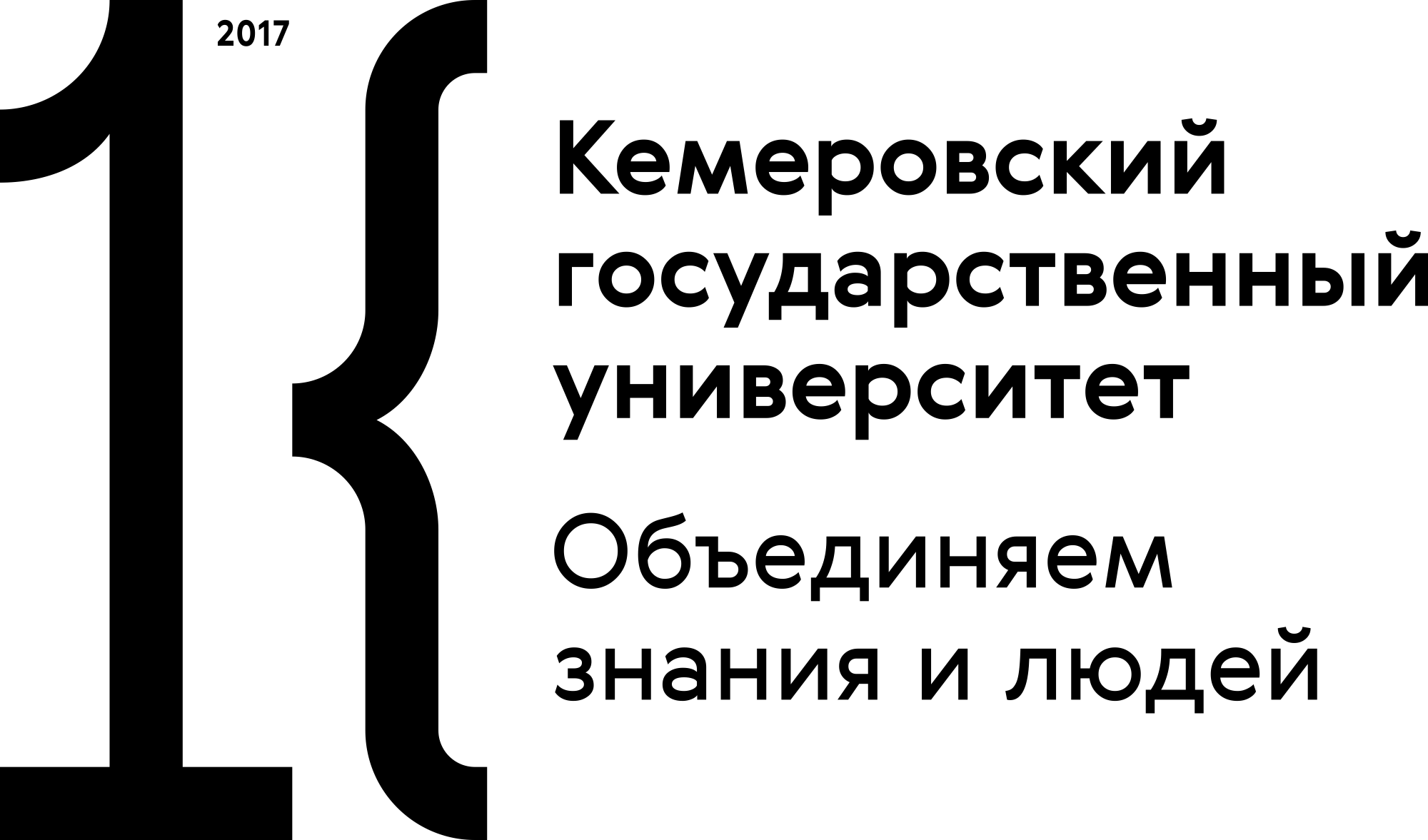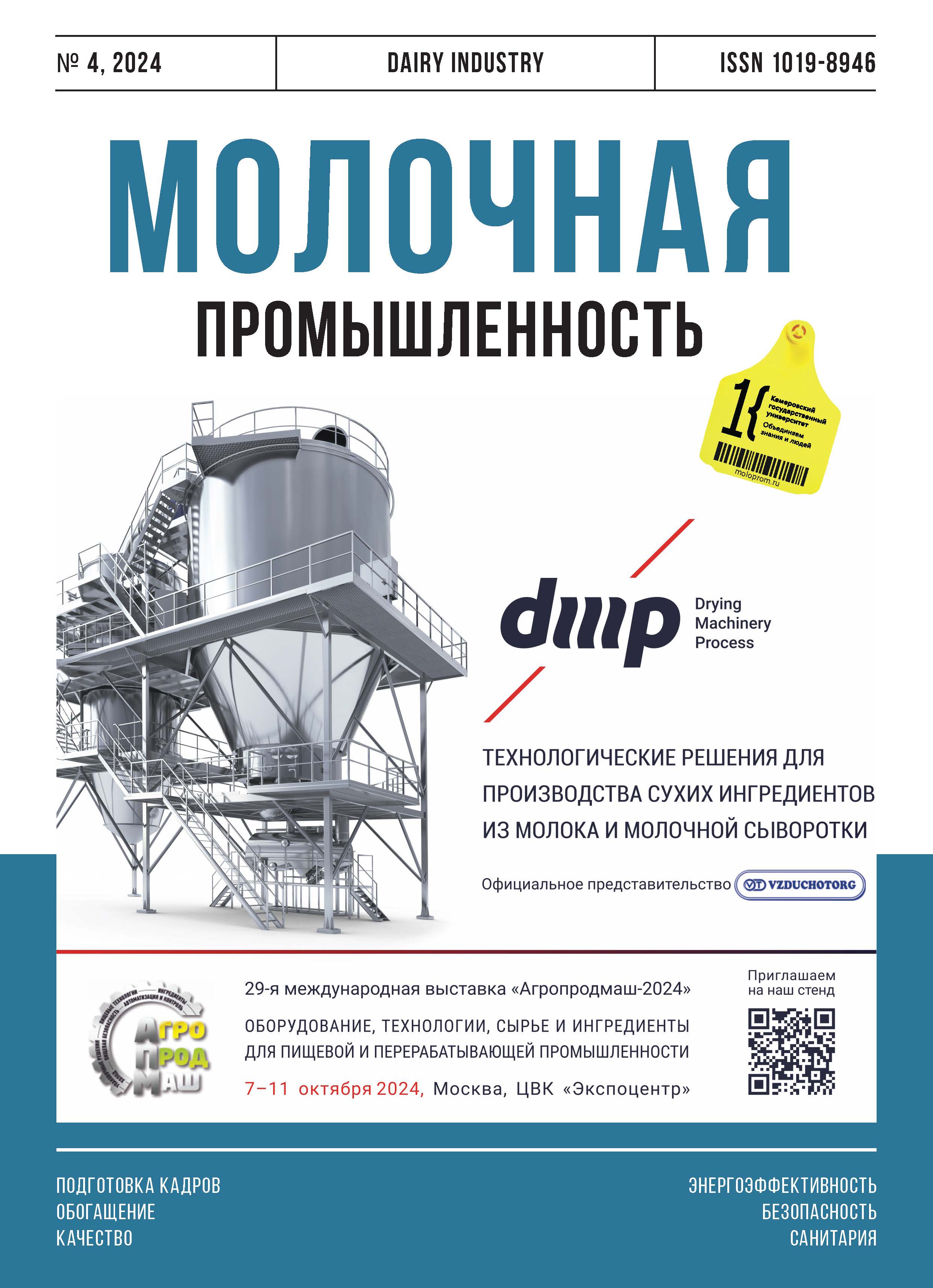Moscow, Russian Federation
Like in many other developed countries, Russian population is facing a gap between the actual diet and the nutritional needs. As a result, nutrition-related diseases are growing more wide-spread. Specialized foods reduce the consequences of poor nutrition and prevent nutritionrelated diseases. However, Russia lags behind other countries in this sphere and has to import specialized foods, which threatens its food security. Dairy products are an excellent source of animal protein, calcium, phosphorus, vitamins, and other biologically active substances. For the past three decades, Russian diet has remained below the values for dairy products recommended by the Ministry of Health. The present research objective was to assess the state of innovative dairy market in the Russian Federation using the method of expert assessment in terms of classification, composition, and producer in the Eurasian Economic Region. In March 2024, the total number of certified specialized dairy foods was 7,422 units. Dry foods predominated, e.g., powders, jellies, smoothies, cocoa, tea drinks, cocktails, puree soups, cereals, candies, bars, etc. The share of specialized dairy products in the total volume of functional foods was 0.97%, which is too low to raise the public interest to dairy products and stimulate the dairy industry as a whole. Cooperation with scientific and expert organizations will make it possible to scale up the production of specialized dairy products using the equipment available to most dairy processing enterprises.
milk, dairy products, consumption of dairy products, specialized products, dairy industry, certificate of state registration, unified register
1. Baturin, A. K. Izuchenie osobennostey pitaniya naseleniya evropeyskoy i aziatskoy chasti Arkticheskoy zony Rossii / A. K. Baturin, A. V. Pogozheva, A. N. Martinchik [i dr.] // Voprosy pitaniya. 2016. T. 85. № 2. S. 83–84. https://www.elibrary.ru/xcfctn
2. Varaeva, Yu. R. Analiz osobennostey pitaniya zhiteley goroda Moskvy / Yu. R. Varaeva, L. Pavlik, A. A. Hachatryan [i dr.] // Zdorov'e megapolisa 2020. T. 1. № 2. S. 32–37. https://doi.org/10.47619/2713-2617.zm.2020.v1i2;32-37; https://www.elibrary.ru/inohxy
3. Kodencova, V. M. Vitaminnaya obespechennost' vzroslogo naseleniya Rossiyskoy Federacii: 1987-2017 gg. / V. M. Kodencova, O. A. Vrzhesinskaya, D. B. Nikityuk, V. A. Tutel'yan // Voprosy pitaniya. 2018. T. 87, № 4. S. 62–68. https://doi.org/10.24411/0042-8833-2018-10043; https://www.elibrary.ru/xvqynn
4. Baturin, A. K. Rol' kal'ciya v obespechenii zdorov'ya i snizhenii riska razvitiya social'no znachimyh zabolevaniy / A. K. Baturin, H. H. Sharafetdinov, V. M. Kodencova // Voprosy pitaniya. 2022. T 91. № 1. S. 65–75. https://doi.org/10.33029/0042-8833-2022-91-1-65-75; https://elibrary.ru/bnbeig
5. Tutel'yan, V. A. Zdorovoe pitanie dlya obschestvennogo zdorov'ya. / V. A. Tutel'yan // Obschestvennoe zdorov'e. 2021. T. 1. № 1. S. 56–64. https://doi.org/10.21045/2782-1676-2021-1-1-56-64; https://elibrary.ru/mommxi
6. Derbeneva, S. A. Innovacionnye pischevye tehnologii v lechenii bol'nyh kardiohirurgicheskogo profilya s soputstvuyuschim ozhireniem / S. A. Derbeneva, T. S. Zaletova, N. N. Shaposhnikova, A. V. Starodubova // Sibirskiy zhurnal klinicheskoy i eksperimental'noy mediciny. 2021. T. 36. № 3. S. 137–147. https://doi.org/10.29001/2073-8552-2021-36-3-137-147; https://elibrary.ru/jzmwhh
7. Starodubova, A. V. Mozhno li schitat' zdorovoe pitanie instrumentom zdorov'esberezheniya? / A. V. Starodubova // Vestnik Rossiyskoy akademii nauk. 2022. T. 92. № 2. S. 162–170. https://doi.org/10.31857/S0869587322020098; https://elibrary.ru/hdwhsd
8. Starodubova, A. V. Kardionutriciologiya: lechebnoe pitanie v profilaktike i lechenii veduschey patologii sovremennosti / A. V. Starodubova, E. N. Livancova, S. A. Derbeneva [i dr.] // Voprosy pitaniya. 2020. T. 89. № 4. S. 146–160. https://doi.org/10.24411/0042-8833-2020-10049; https://elibrary.ru/eaulmj
9. Amirani, E. Effects of whey protein on glycemic control and serum lipoproteins in patients with metabolic syndrome and related conditions: A systematic review and meta-analysis of randomized controlled clinical trials / E. Amirani [et al] // Lipids in health and disease. 2020. Vol. 19. P. 1–18. https://doi.org/10.1186/s12944-020-01384-7
10. Ulven, S. M. Milk and dairy product consumption and inflammatory biomarkers: an updated systematic review of randomized clinical trials / S. M. Ulven [et al.] // Advances in Nutrition. 2019. Vol. 10, suppl. 2. S239-S250. https://doi.org/10.1093/advances/nmy072
11. Zapata, R. C. Whey protein components-lactalbumin and lactoferrin-improve energy balance and metabolism / R. C. Zapata [et al.] // Scientific reports. 2017. Vol. 7, №. 1. P. 9917. https://doi.org/10.1038/s41598-017-09781-2
12. Basciani, S. Very-Low-Calorie Ketogenic Diets With Whey, Vegetable, or Animal Protein in Patients With Obesity: A Randomized Pilot Study / S. Basciani [et al.] // The Journal of clinical endocrinology and metabolism. 2020. Vol 105 (9). dgaa336. https://doi.org/10.1210/clinem/dgaa336
13. Fedorova, M. A. Sovremennye tendencii proizvodstva i potrebleniya moloka i molochnoy produkcii v Rossii i zarubezhnyh stranah v usloviyah lokdauna / M. A. Fedorova // Social'no-ekonomicheskiy i gumanitarnyy zhurnal. 2022. № 2. S. 3–19. https://doi.org/10.36718/2500-1825-2022-2-3-19
14. Shinkareva, O. V. Ocenka potrebnosti Rossii v proizvodstve moloka i molochnyh produktov dlya obespecheniya racional'nyh norm lichnogo potrebleniya / O. V. Shinkareva, E. A. Mayorova // Azimut nauchnyh issledovaniy: ekonomika i upravlenie. 2020. T. 9. № 1(30). S. 395–397. https://doi.org/10.26140/anie-2020-0901-0099; https://elibrary.ru/oihehw
15. Novokshanova, A. L. Analysis of milk consumption and dairy products of the Russian population using an online survey / A. L. Novokshanova, N. O. Matveeva, D. B. Nikityuk // Food Science & Nutrition. 2024. Vol.12, Iss. 2. P. 933–942. https://doi.org/10.1002/fsn3.3808






